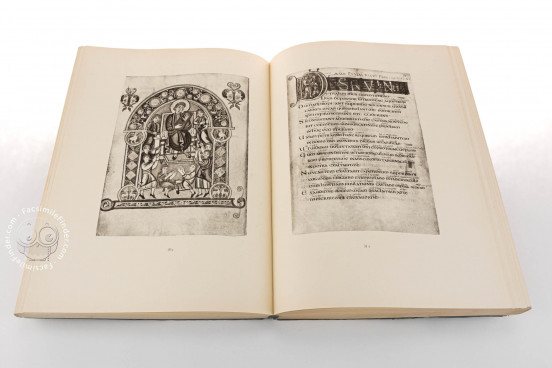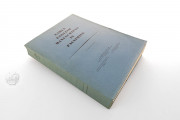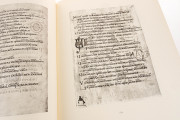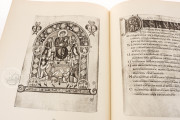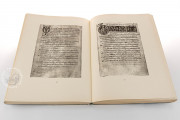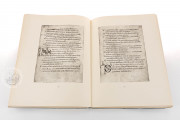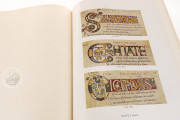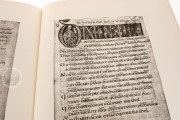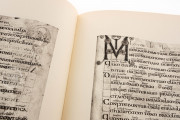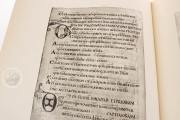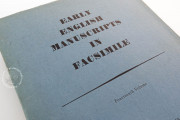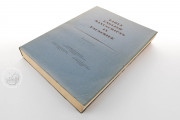The Vespasian Psalter is one of the most extraordinary manuscripts created in Anglo-Saxon England. It is the oldest known copy of Jerome’s Latin translation of the Psalms. A century after its creation in the second quarter of the eighth century, it was glossed in Old English, the oldest surviving biblical text in English. Created in southeast England, perhaps near Canterbury, it has been amended and added to over the centuries making it a valuable record of how such texts were used, adapted, and translated.
In addition to its rich textual history, it is also highly decorated. The only full-page illustration is a portrait of David as author of the Psalms. The carpet page before fol. 142 was removed and the original Beatus page is also missing, however, the remaining folios contain almost two hundred historiated, decorated, and ornamental initials, each of which is a unique jewel of Insular embellishment.
A Treasure of Insular Illumination
The Vespasian Psalter is extensively illuminated. Only one of the full-page illuminations survives, that on fol. 30v in which David sits on a throne within a decorated arch with musicians and dancers. The image serves as an author portrait imagining the biblical king in his role as the author of the Psalms.
Although the overall composition is Mediterranean in origin, the gilded swirls and knot work belie its Insular origins. Nine major decorated initials, both historiated and zoomorphic, with following capitals in gold and silver on a striped ground divide the Psalms into eight major divisions. Over 170 additional decorated initials demarcate individual Psalms, each fancifully unique.
Oldest Known Copy of Roman Psalter in Latin and English
The primary text of the Vespasian Psalter, the Roman Psalter translated into Latin by Jerome in ca. 384, dates to the second quarter of the eighth century making it the earliest known copy of this translation.
Around a century later, the Latin, written in a majestic Insular Uncial, was glossed in Old English in an Insular Cursive Minuscule. This gloss is the oldest surviving copy of any biblical text in English.
From the Anglo-Saxons to the British Library
The Vespasian Psalter was created in southern England and has remained in England since. Sometime during the ninth century, the interlineal Old English gloss was added. Although its exact origin is unknown, it came to Canterbury by the eleventh century where the scribe Eadwig Basan made additions to the manuscript.
It entered Robert Cotton’s library in the seventeenth century when it was rebound and a table of contents was added. Its shelf mark is the source of its modern name. It was gifted to the public and was a foundational piece in the collection of the British Museum in 1753.
Binding description
Binding
The Vespasian Psalter was rebound while in the Cotton library and its binding dates to the first half of the 17th century. It is full brown leather tooled with an elaborate gold design around the perimeter of the cover with three-dot diapering across the central field surrounding a large cartouche displaying the Cottonian arms. The interiors of the book boards are also gilded tooled leather in an elaborate foliate pattern.
Prior to this, Thomas of Elmham described the manuscript’s medieval binding as featuring a silver plate bearing the image of Christ and the four Evangelists.
We have 1 facsimile edition of the manuscript "Vespasian Psalter": The Vespasian Psalter facsimile edition, published by Rosenkilde and Bagger, 1967
Request Info / Price
